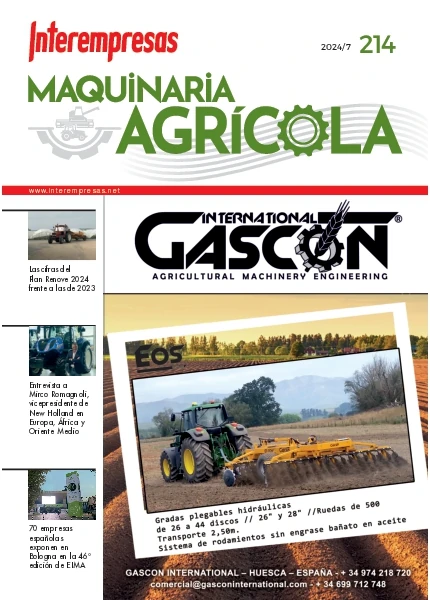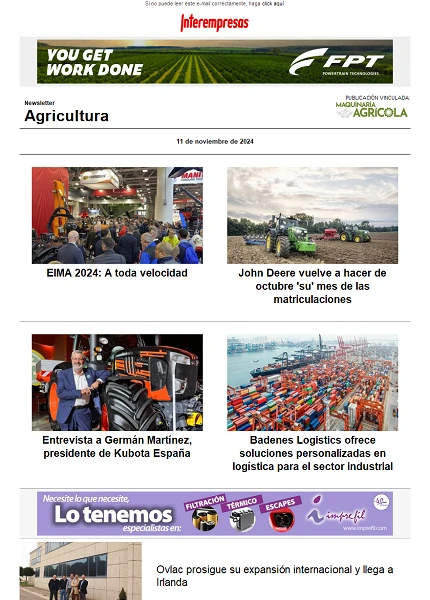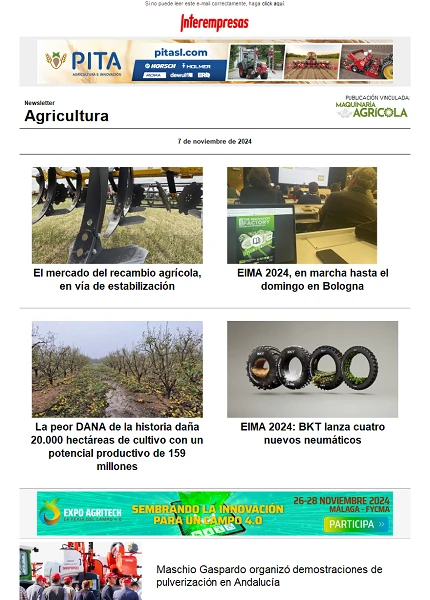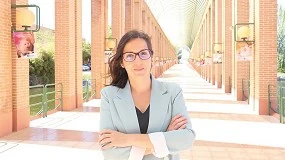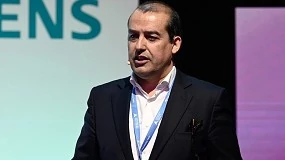Analysis and control of the wine made in house
on February 7, 2011
My way
With grapes from the best vineyards, the wine of Crushpad, highly acclaimed team in the sector, produces wines in small batches and in accordance with the specifications of the customers. The service includes training and support and is responsible for all parts of the process to take longer, allowing customers to enjoy the magic of the elaboration of the wine without having to focus exclusively on this.
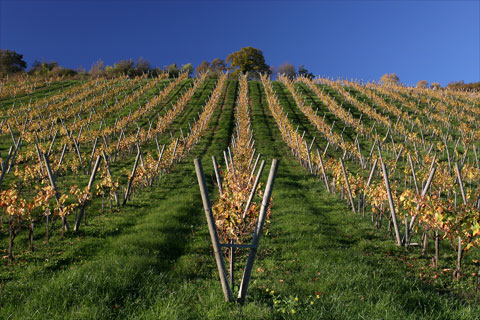
A quick analysis to make decisions quickly
I cosco, which held more than 2,500 barrels to watch and more than 700 a ton to monitor fermentation containers, realized quickly the advantage which meant a rapid solution proposed by Foss.
This tool, easy to use, I helped to deal with the enormous workload that involved so many analysis and for rapid and reliable results. These results are used for the realization of various basic tasks, such as sampling of the vineyards, the definition of the dates of collection of the grape and the supervision of the fermentation. The technology is based on a technique called FTIR infrared by Fourier transform, which provides an as powerful as effective measure multiple parameters simultaneously from samples of grape must and wine.
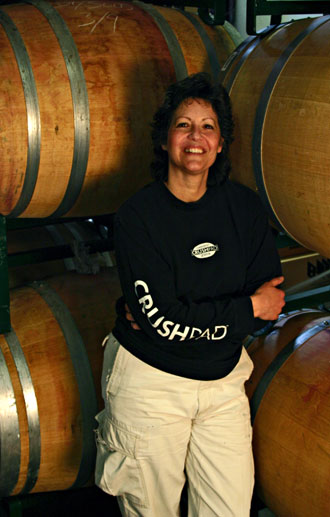
How to manage thousands of wines
Punctual and reliable outcomes contribute to take decisions crucial for the development of the wine, especially when problems arise. "We need analysis in real time, and that's just what Foss gives us - said Cosco-." It minimizes the time to be spend analysis by wet, enzyme assays, and volumetric analysis, especially when we have to monitor the Malic acid and glucose/fructose. "All this helps to maintain the quality and style that the customer expects of its wines".
The adjustment of the calibration work was simplified thanks to our integrated into equipment calibrations were already very good. These standard calibrations are carried out with calculations 'global', based on a large amount of data obtained from thousands of samples, literally. The calibrations are based on data collected from all corners of the world of wine making. Thus, for example, if alcohol tests are under way, users can be sure that measurements shall be based on a representative set of data.
The ease and convenience of use of the instrument is also important to manage the vast amount of evidence to be made. "It is easy to use and clean," said Cosco, which also explains that the Analyzer is a device practical, compact and of adequate size, and that no chemical reagents, something very valuable for laboratories are required. They are enough to have small sample sizes, something very important when working with small batch sizes. When we talk about the experience in general use the instrument, Cosco says: "the Foss instrument has enabled our laboratory analyzing more than 100 samples a day and has allowed us to monitor thousands of batches of wine on a regular basis."
The wine world online
The laboratory of Crushpad in San Francisco does not analyse the grapes of Bordeaux, but software compatible with the Analyzer, new network connection, offers exciting possibilities for future operations. "If we were to monitor the grapes and the wine of Bordeaux, we could connect to another instrument with the new remote access network system to do from here, our laboratory in California", says Cosco.
From the Valley of Napa to the Haut-Médoc: whatever the source of the wines, the Crushpad laboratory can provide assistance and control thousands of individual wines that develops more and more independent winemakers.
The latest addition to Foss is a new model of the popular WineScan Analyzer that provides accurate measurements of dioxide of free and total sulphur in parallel with other parameters. Sulfur dioxide is the parameter most commonly measured in the vinification. The periodic verification is necessary to achieve the optimal dose in the process of wine making and to comply with law. Measurements are also becoming increasingly important for producers seeking to minimize the use of additives in the production of modern wine. Results in little more than a minute compare favorably with about 15 minutes by test with the current methods of routine, or much more time for the reference of laboratory methods. The system is also considerably more convenient, reducing manual work and the risk of operator error.
The results for free and total sulphur dioxide content are shown in the screen of the computer along with many other (more than 20) quality parameters provided by the WineScan Analyzer. This provides a practical comparison on screen with other parameters such as pH and ethanol's potential interest in combination with sulfur dioxide.The ability to measure sulphur dioxide is presented as an option for the new WineScan so it is a complete solution of analysis of wine by providing a rapid analysis of routine of the main parameters of the wine in a single instrument. Local technical support and service options are added values.


